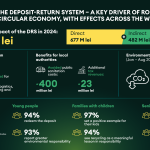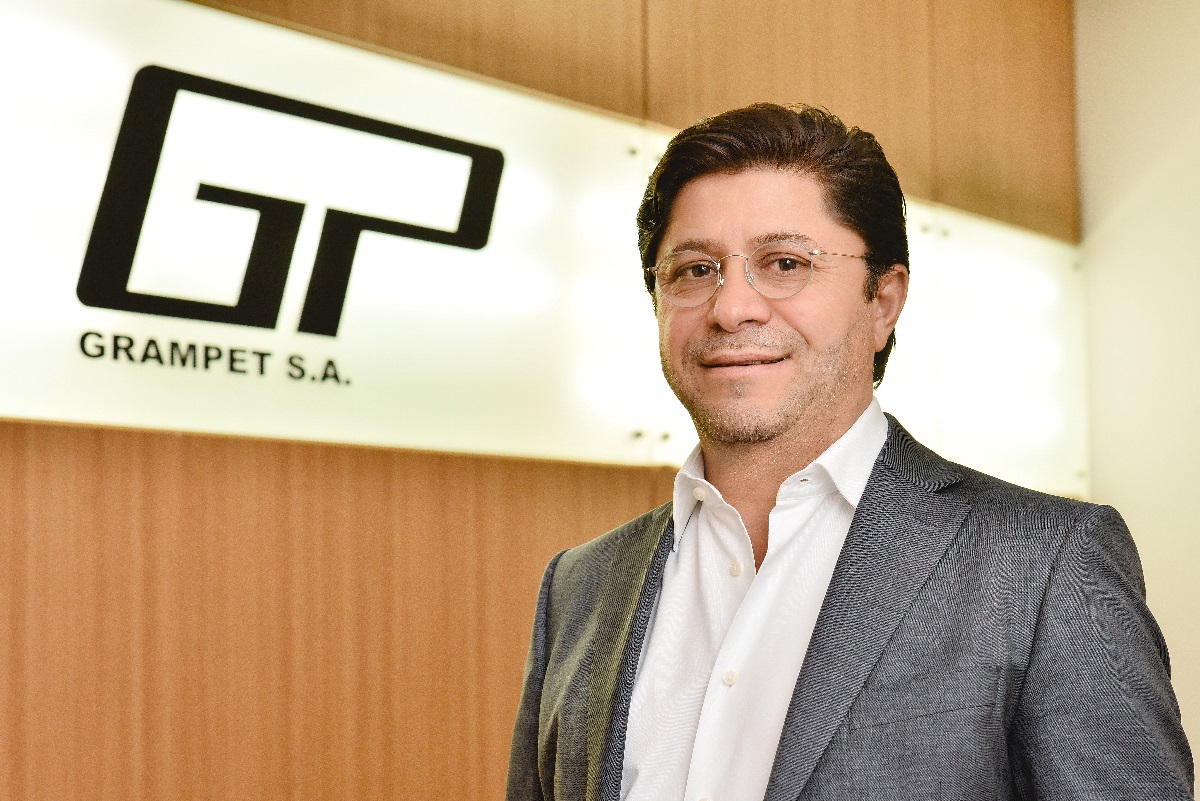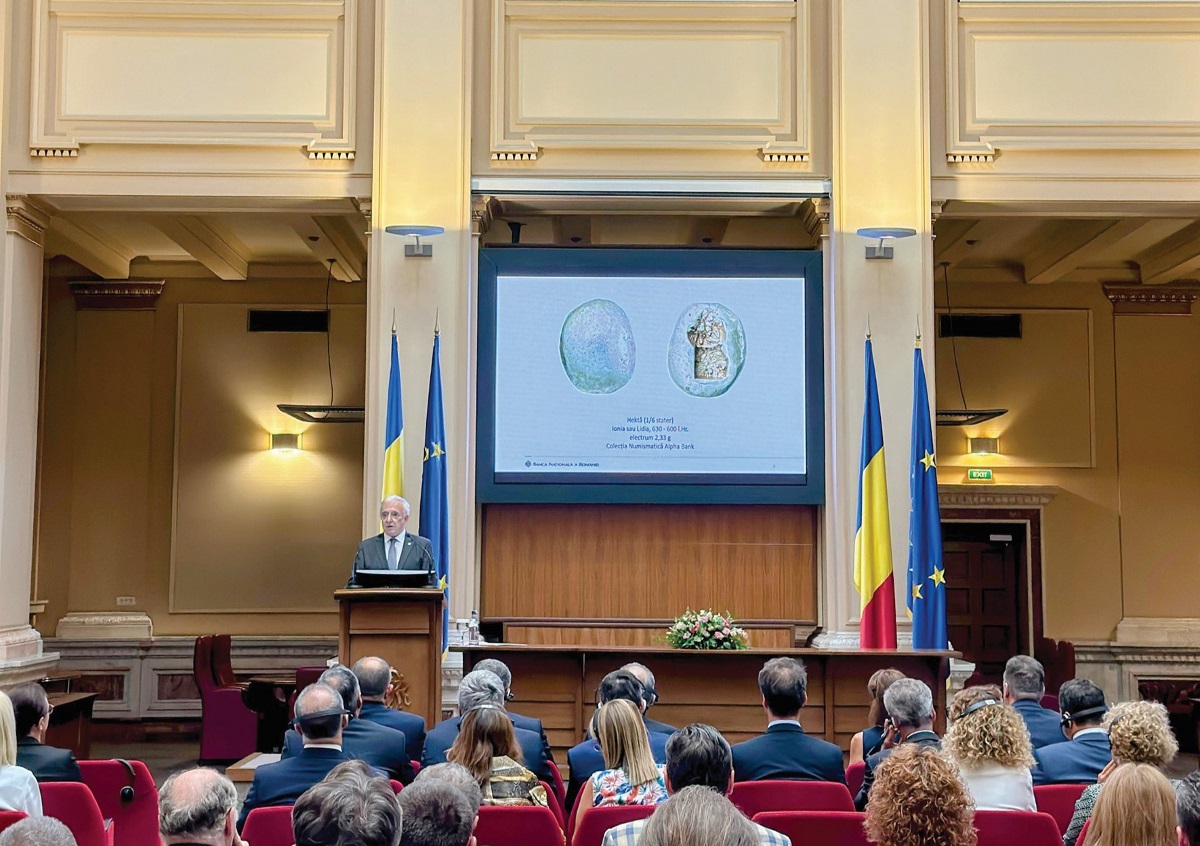
Conflicts of Energy
Foto: vencav / depositphotos.com
Go to a party one of these days and the recurring topic of small talk will be energy. Potentially doubling or even tripling heating costs generate emotionally charged discussions: the *&$* people in the government let us down when they went along with energy market liberalization, how are we supposed to cover the huge gas bill in January?, a man might ask, his partner shaking her head in disbelief over the prospect of forking out a few hundred euros each winter month. It‘s those Russians again, some elderly gentleman could sigh – they aren‘t sending enough gas down the pipelines. Yes, somebody else will likely shout, because the Germans ditched nuclear power and now have to play nice with Moscow! We however, should go the opposite way, the host‘s husband is sure to suggest: scrap coal and gas, build more nuclear plants. His teenage daughter is certain to roll her eyes at him: so you want our generation to deal with your nuclear waste, she will scoff frowning.
Debates like this one perfectly resemble what is currently going on in Brussels, and what recently went on a wider stage in Glasgow at the COP 26 conference. In their quest against global warming, decision makers, scientists, lobbyists, and climate activists all bump heads. But while kitchen talk has little effect, the stakes of the bickering at the European and world level – especially the financial and economic ones – are enormous.
Take the reform of the wholesale gas market – requested by some EU-countries led by Spain and France, the decoupling of electricity prices from gas prices was immediately opposed by a group of nine others, including Germany, Austria or the Netherlands, who suggested only short-term measures to help vulnerable consumers.
Or the so-called EU Taxonomy. The European Union says it wants to direct money towards sustainable projects, so the economies, businesses and societies of member states will be more resilient against climate and environmental shocks. But to be able to do this, the Union’s members first have to agree on a common language and a clear definition of what is “sustainable”. So, the EU needs a taxonomy, or a classification system of environmentally sustainable economic activities. In a nutshell, if a project is not covered by this taxonomy, it will not receive funds.
In terms of energy, there are mainly two bones of contention: natural gas and nuclear energy. The question is, if they will be part of the taxonomy.
Gas is widely regarded only as a transition fuel, because in itself it produces low CO2 emissions, but production and transport byproducts such as methane are even more dangerous greenhouse gases. Plus, the current problems of the gas market (with huge price hikes and supply shortages) tell a good story about possible future instability.
The pressure to get rid of natural gas in the medium term could spell
disaster for some countries. Romania for instance is sitting on offshore gas reserves estimated at about 200 billion cubic meters in the Black Sea. Alas, despite pressure from heavy hitters like the Austrian group OMV, which controls the Romanian operator Petrom, there is no drilling, because the legal framework is poorly designed and the authorities fail at changing it. Time is running out, OMV Petrom CEO Christina Verchere often warns in interviews. Indeed, with gas prices skyrocketing, Romania has already lost a great deal of potential business – and if natural gas will be phased out as an acceptable fuel before drilling starts in the Black Sea, losses would be huge.
The opposite is also true: holding onto fossil fuels right until the end seems also not to be the solution. A recent article in The Guardian quotes a research paper suggesting that in the context of rapid decarbonisation there is a risk of producing far more oil and gas than required for future demand. The paper published in Nature Energy estimates between 11 and 14 trillion USD in so-called stranded assets – infrastructure, property and investments where the value has fallen so steeply they must be written off. This is why the lead author, Jean-Francois Mercure of the University of Exeter, said the shift to clean energy would benefit the world economy overall, but it would need to be handled carefully to prevent regional pockets of misery and possible global instability. “In a worst-case scenario, people will keep investing in fossil fuels until suddenly the demand they expected does not materialize and they realize that what they own is worthless. Then we could see a financial crisis on the scale of 2008,” he told the British newspaper.
Nuclear energy is a different story.
States and organizations are intensively lobbying Brussels for a decision on including – or not including, depending on the perspective – this controversial energy source in the labelling system for green finance.
But there is no such decision in sight.
The European financial services commissioner Mairead McGuinness told the Financial Times that despite expectations, Brussels would take more time before deciding how to deal with these sources. McGuinness said it was “still the objective” to propose the rules by the end of the year, but “who’s to know what the twists and turns will be”- and by this she means elections in France and coalition talks in Germany.
The EU is divided at the moment. On the one hand, a group of 10 EU countries spearheaded by France and Poland, but already supported by others as well, believes that nuclear power must be part of the solution to the climate crisis and the rise in energy prices. In a joint opinion article signed in October by the economy and energy ministers from Bulgaria, Croatia, Czechia, Finland, France, Hungary, Poland, Romania, Slovakia, and Slovenia, they claim that it is absolutely necessary that nuclear power is included in the European taxonomy framework by the end of 2021, while pointing to EU scientific assessments which concluded the safety of nuclear power.
“To win the climate battle, we need nuclear power. It is, for us all, a crucial and reliable asset for a low-carbon future,” they argue. In their view, renewables will be essential in the transition to clean energy, but “they cannot produce enough low-carbon electricity to meet our needs, at a sufficient and a constant level,” they argue, saying nuclear power already provides half of Europe’s low-carbon electricity.
Countries in favour of nuclear power have strong allies, among which Ursula von der Leyen, the head of the EU-Commission, holds a key position.
They have strong opponents, too. The biggest European economy, Germany, is staunchly opposed to this idea. The German social-democrats, who will most likely play a leading part in the future ruling coalition in Berlin, clearly want to hold on to the phasing-out of nuclear energy. The acting Federal Minister for the Environment, Svenja Schulze of the SPD, said in an interview for the Funke Media Group that „we do not want nuclear power, we do not consider it sustainable, and we do not want the EU to support it”. One of her arguments is that building nuclear power plants is too expensive and takes too much time. Even with some dissenting voices, the course for Germany looks clear.
Schulze has a point – but it rather applies to the more traditional type of nuclear power plant. Meanwhile, a newer sort of reactor might prove to be a game changer. At the COP 26 climate summit in Glasgow in November, Romania’s supplier Nuclearelectrica and the American company NuScale Power signed an agreement to team up in an effort to advance the deployment of NuScale’s small modular reactor (SMR) technology. The two companies will take steps toward deploying a first NuScale plant in Romania. According to official statements, the reactor is to have 6 modules of 77 MW each and generate a total power of 462 MW using a safer, smaller, and scalable version of pressurized water reactor technology. The SMR from NuScale is the first and only small modular reactor to receive design approval from the U.S. Nuclear Regulatory Commission, the Portland enterprise claims in their press release.
The nuclear power plant operating with a light water reactor is able to supply energy for electrical generation, district heating, desalination, hydrogen production and other process heat applications.
But the agreement is only the most recent step in U.S.-Romanian nuclear cooperation: the Americans also plan to help Romania refit and expand the only nuclear power plant of the country. With the support of U.S. firms, plant operator Nuclearelectrica wants to extend the
operating life of reactor unit 1 (650 MW) to 60 years. The NuScale small reactor, expected around 2027/2028, would bridge a gap, because reactor unit one, which is in operation since 1996, would have to be taken offline for the duration of the overhaul. Unit 2, built with CANDU-6 technology and operated since 2007, has an output of 650 MW as well and would not be able to cope alone with the loss in power output.
After a botched deal with Chinese state company CGNP, Romanian Nuclearelectrica decided to partner with the Americans to build the new units 3 and 4. The company would like to have unit 3 connected to the grid in 2030 and unit 4 in 2031, the recently adopted national energy plan mentions. Altogether the new plant, double in size, could then shave off 20 million tons of carbon emissions.
The new 6 module SMR and the new reactors at Cernavodă would significantly ramp up nuclear energy production in Romania, where already the average share in the national electricity mix is around 20%.
Alex Gröblacher
Share
Share















